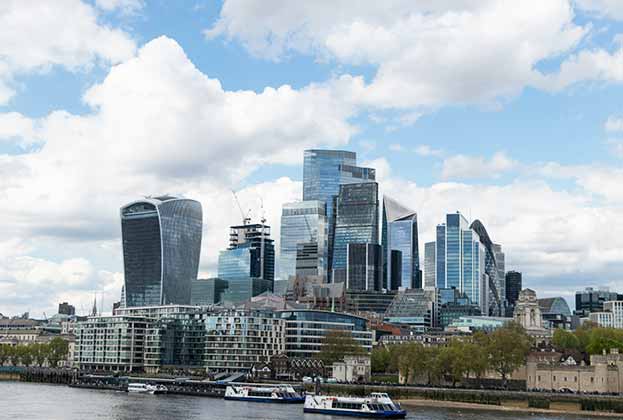Investment into sub-sector residential asset classes is no new phenomenon – student housing, senior living and multifamily accommodation have been beneficiaries of large sums of capital in recent years as investors seek to diversify their portfolios. Multifamily alone has seen €13.2 billion deployed across Europe in the sector in Q2 2020, according to Real Capital Analytics.
Historically, a major challenge has been doing this in a way that complies with Environmental, Social and Governance (ESG) measures while factoring in sufficient returns. Nevertheless, with investors such as Catella, Swiss Life REIM and Coima all recently announcing funds specifically targeting assets that have a positive ESG impact, and with more fund raising for ESG funds targeting Europe in the first half of 2020 compared with the whole of 2019, as reported by Prequin, are we seeing a turning point where this is less of a challenge and more of an opportunity?
In the same way that occupiers of office space have become more attuned to the impact the buildings in which they work have on the wider surroundings, students have also become much more aware of where they live while studying. With the number of international students expected to rise exponentially from 5 million in 2020 to 8 million in 2025, there is clearly an opportunity to ensure their accommodation fits in with their awareness of their impact both from an environmental and social point of view.
A staggering 94 per cent of students want to see universities doing more to reduce environmental impact, according to QS’s Sustainability in Higher Education: What More Can Universities Do study, and are more likely to want to live in a building with green credentials, that is future-proofed to stave off the effects of climate change.
Equally, regarding multifamily living, young professionals and families – who are often the target audience for such schemes – are just as likely to be aware of their impact not only on the environment but also how their accommodation fits in with their own societal values.
The shift is being driven by younger investors, in particular, who have shown an interest in putting their money where their values are, brokerage firms and mutual fund companies have begun to offer exchange-traded funds (ETFs) and other financial products that follow ESG criteria. Similarly, lenders often offer much more favourable debt terms for development projects with good ESG credentials.
What’s next? With several industry-certified accreditations coming to the fore, including BREEAM In Use Residential which launched this year, we are certainly seeing steps in the right direction. While we can expect to see an increase in ESG-specific investment vehicles, marrying responsible investment with ongoing responsible management will be key in order to develop future-proof buildings, delivering sustainable, long-term returns, that benefit society while limiting the impact on the environment for generations to come.
Further information
Read more: Spotlight: European Multifamily
.jpg)




.jpg)

.jpg)


